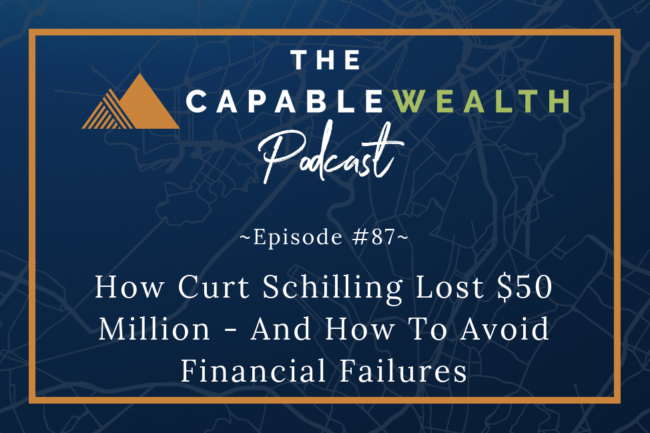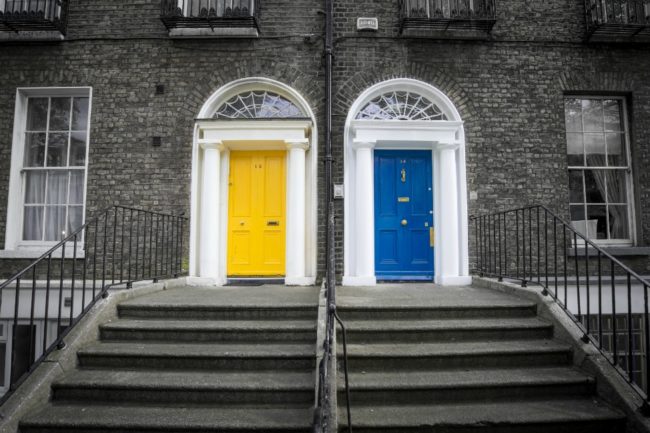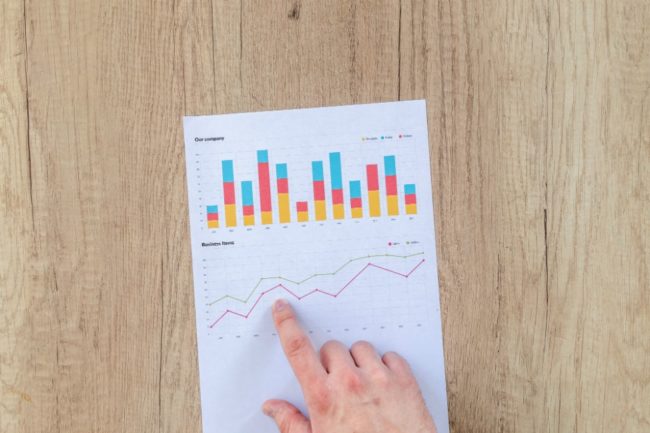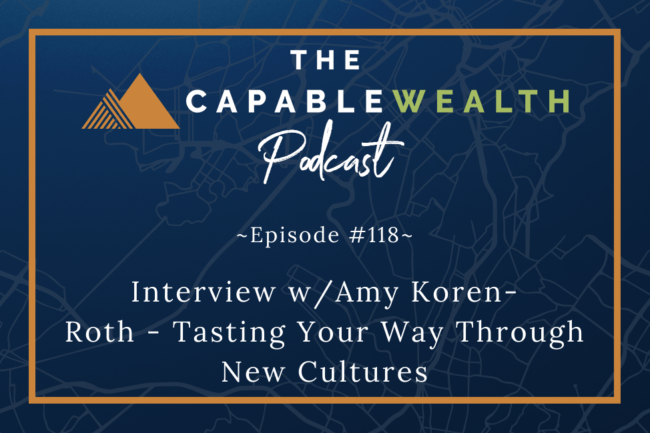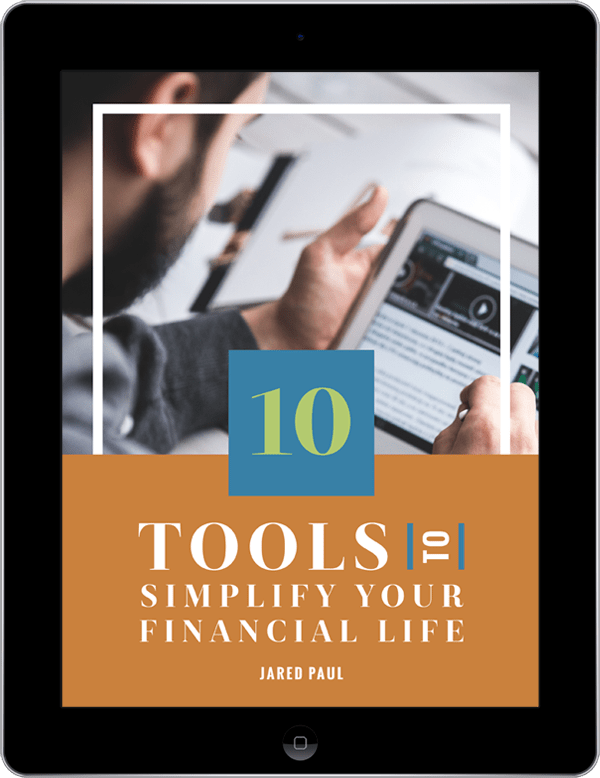In recent weeks I’ve been on a bit of a “cost-cutting” kick. I’ve written about “How to cut spending with the 72-hour test” and “How to cut expenses by simply asking for discounts.”
Maybe it’s because it’s the holiday (shopping) season and we’re all feeling the pressure to spend, spend, spend! Or maybe it’s because I’ve been reevaluating a lot of my own spending, both personally and professionally.
Admittedly, I’ve been just as susceptible as anyone at getting sucked into spending on a new technology or marketing tool for my businesses, especially if I feel it might be a net-positive.
But the thing you have to be careful about is adding more and more without taking time to cut out the things that aren’t working.
So, here I am, again, trying to weed through the things that I want to keep spending money on, and the things that I need to think about cutting out.
HOW TO KNOW WHAT EXPENSES TO CUT
The problem I find a lot of people get into is having trouble evaluating what they want to keep spending money on, and what they want to cut out.
As I’m writing this, I can hear all of the “financial experts” out there saying, “Just cut out the things that aren’t necessary, and keep the essentials that you absolutely need!”
Yea, but what does that mean?
Sure, it’s easy to delineate between something like paying rent, and a week-long trip to Europe. It doesn’t take much effort to realize that between those two, the necessary expense is paying rent.
But the tough decisions are the marginal expenses in our lives – the expenses that we don’t “need” but that we really enjoy.
Do you stop buying your afternoon cup of coffee?
Do you stop eating out each week with friends?
Do you stop buying a second order of tater tots at Smash Burger? Wait, that’s me…
The point is, once you start evaluating the gray areas of spending, it can become a lot more difficult to know what to do.
Enter the “spending cleanse.”
CARL RICHARDS’ SPENDING CLEANSE
Recently, I’ve been reading a lot of books from some big names in the finance industry to get fresh ideas and see if there is anything I want to incorporate into my own practice.
One idea that I recently read about, and am a big fan of is what Carl Richards calls a “Spending Cleanse.”
The basic premise is to set aside a certain period of time in which you do not spend any money, at all! This can last anywhere from a few days to several weeks.
Many people’s immediate reaction to this idea is to say it’s just not possible.
“How can I go that long without spending any money? I need to eat!”
For sure, we all do. But the way around that is to shop ahead of your “cleanse” and actually prepare for it. This isn’t cheating.
The point of the cleanse isn’t to put yourself into a bad situation by not paying your bills or starving yourself, the point is the break up your spending routine.
You can start small by only attempting a 2 to 3-day spending cleanse, and then work your way up from there.
WHY DO A SPENDING CLEANSE?
The main benefit of a spending cleanse is to reset your mentality around spending back to zero, and build up from there.
It’s so easy to get into a routine and not take time to think about what you are spending your money on, or how frequently you are spending for certain things.
By simply taking a few days to avoid any and all spending, you can start to see what is actually important, and what is unnecessary.
You’ll force yourself to go without the things you’ve grown accustomed to, and then to slowly reintegrate the things that you want back into your daily routine.
You might even realize that you aren’t missing certain things, which will give you a great understanding of what you should NOT bring back into your routine.
At a minimum, you’ll save yourself some money over a few days. And, just maybe, you’ll learn a bit about yourself and what you really “need.”
Capably Yours,






